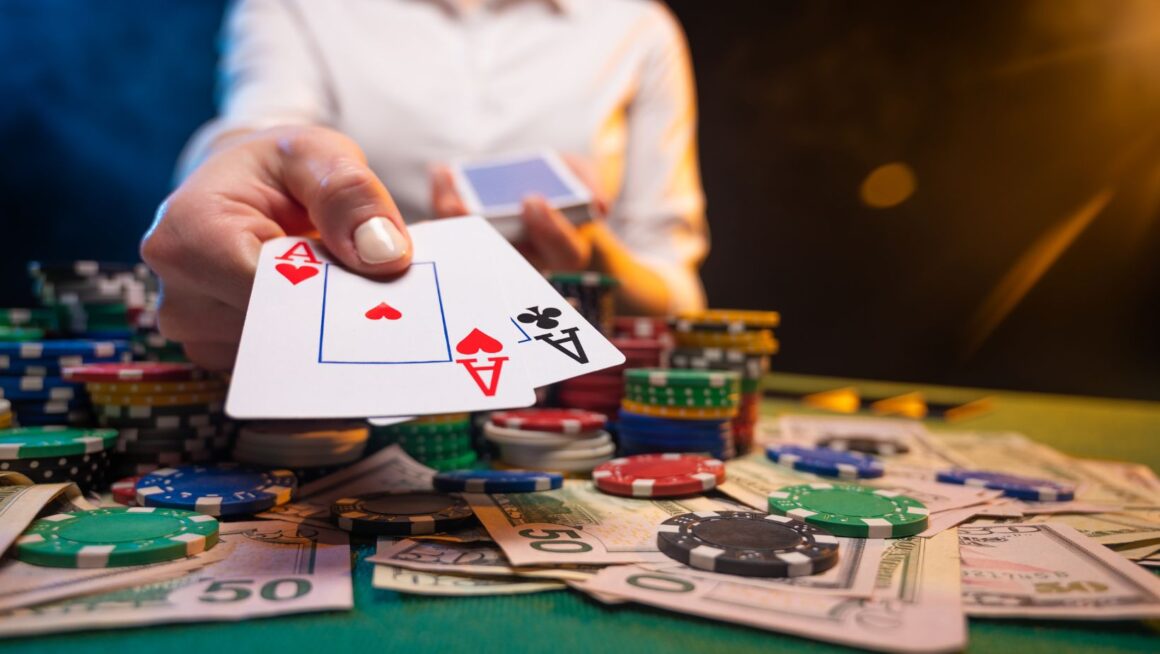In 2025, casino design has evolved into a sophisticated science, leveraging advanced behavioral psychology to influence player decisions with unprecedented precision. Recent neuroimaging studies from Stanford University reveal that casino environments trigger dopamine releases comparable to those from certain addictive substances, explaining why the average American casino visitor now spends 4.7 hours gambling per visit – a 17% increase since 2023. The $261 billion global gambling industry invests approximately $8.3 billion annually in design psychology research, employing teams of behavioral scientists, architects, and sensory engineers.
Modern casinos now incorporate AI-driven personalization that adapts environmental cues – lighting, sound, even ambient temperature – in real-time based on player behavior patterns, creating individually tailored experiences that maximize time-on-device and expenditure.
Science of Casino Architecture
Casino layouts follow specific patterns that encourage exploration and extended stays. The winding paths between game sections, strategic placement of popular games, and absence of clocks or windows all serve a purpose.
Studies show that casino visitors walk 75% more distance inside gaming floors than they would in regular shopping environments. This increased movement exposes players to more gaming options while creating a maze-like environment that makes exits less obvious.
The typical casino floor uses curved pathways rather than straight lines. This design choice makes destinations seem closer than they actually are, encouraging players to venture deeper into the gaming area.
Color Psychology in Casino Environments
Colors on platforms like Lucky Ones Online Casino aren’t random choices. They’re selected based on their psychological effects:
- Red stimulates excitement and energy
- Gold creates feelings of wealth and opportunity
- Blue promotes relaxation and longer playing sessions
- Purple suggests luxury and high status
Research indicates that red gaming areas see 15-20% higher betting amounts compared to blue or neutral-colored sections. This is because red increases heart rate and creates a sense of urgency.
Near-Miss Mechanics: Almost Winning Keeps You Playing
One of the most powerful psychological tools in casino games is the “near-miss” effect. This happens when game outcomes appear close to winning but fall just short.
 Slot machines are programmed to show winning symbols just above or below the payline more often than random chance would dictate. This creates the illusion that players are “almost winning” and encourages continued play.
Slot machines are programmed to show winning symbols just above or below the payline more often than random chance would dictate. This creates the illusion that players are “almost winning” and encourages continued play.
Brain Response to Near-Misses
| Brain Region | Response to Near-Miss | Response to Clear Loss | Effect on Player Behavior |
| Striatum | Moderate activation | Low activation | Increases desire to continue |
| Insula | High activation | Low activation | Creates frustration that motivates play |
| Amygdala | Elevated response | Minimal response | Heightens emotional engagement |
| Prefrontal Cortex | Reduced activity | Normal activity | Weakens rational decision-making |
Brain scans reveal that near-misses activate reward pathways similar to actual wins, despite no monetary reward. This neurological response explains why players often continue after near-misses rather than stopping.
Sound Design as a Behavioral Trigger
Casino sounds create a carefully orchestrated soundscape that influences player behavior. Studies show that fast-tempo music speeds up gambling pace by 15%, while winning sounds draw attention from other players.
Even modern digital slot machines maintain the sound of physical coins dropping during wins, despite paying out through tickets. This auditory feedback creates stronger associations with winning than silent digital transactions would.
Types of Sound Nudges in Casino Games
- Win celebrations that sound larger than the actual prize
- Constant background sounds that mask time passing
- Personalized audio feedback that creates a sense of control
- Progressive tension sounds that build anticipation
Illusion of Skill and Control
Many casino games include elements that make players feel they have more control than they actually do. This perceived control keeps players engaged longer and willing to continue after losses.
Slot machines with “stop” buttons let players end the spinning reels early, creating the impression that timing affects outcomes. In reality, the result is determined the moment the spin button is pressed.
Similarly, craps tables allow players to throw dice themselves, fostering the illusion that their throwing technique influences the outcome. The casino’s strict dice-throwing rules actually ensure randomness, but the feeling of control remains powerful.
Loss Disguised as Wins
Modern slot machines celebrate with lights and sounds even when players win less than they bet. These “losses disguised as wins” trick the brain into feeling successful despite losing money overall.
Research shows that 30% of slot machine outcomes are presented as wins despite being net losses. Players experiencing these deceptive wins play 15% longer than those experiencing clear losses.
The combination of these subtle design elements creates an environment where rational decision-making becomes increasingly difficult. By understanding these psychological nudges, players can approach casino games with greater awareness and potentially make more informed choices about their gambling behavior.


